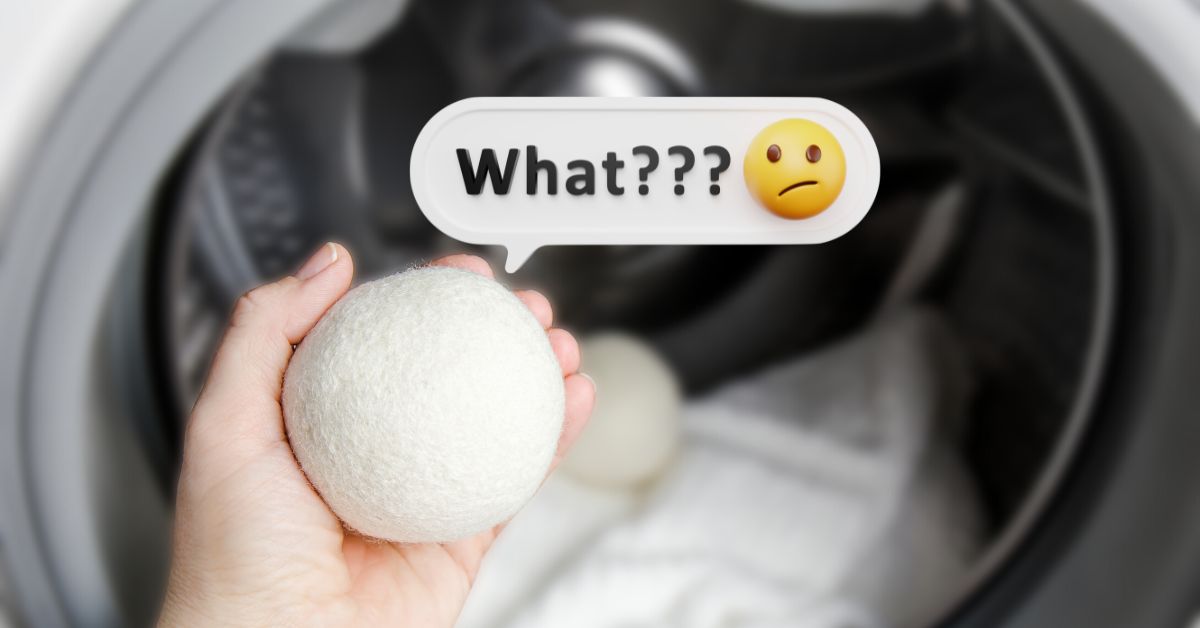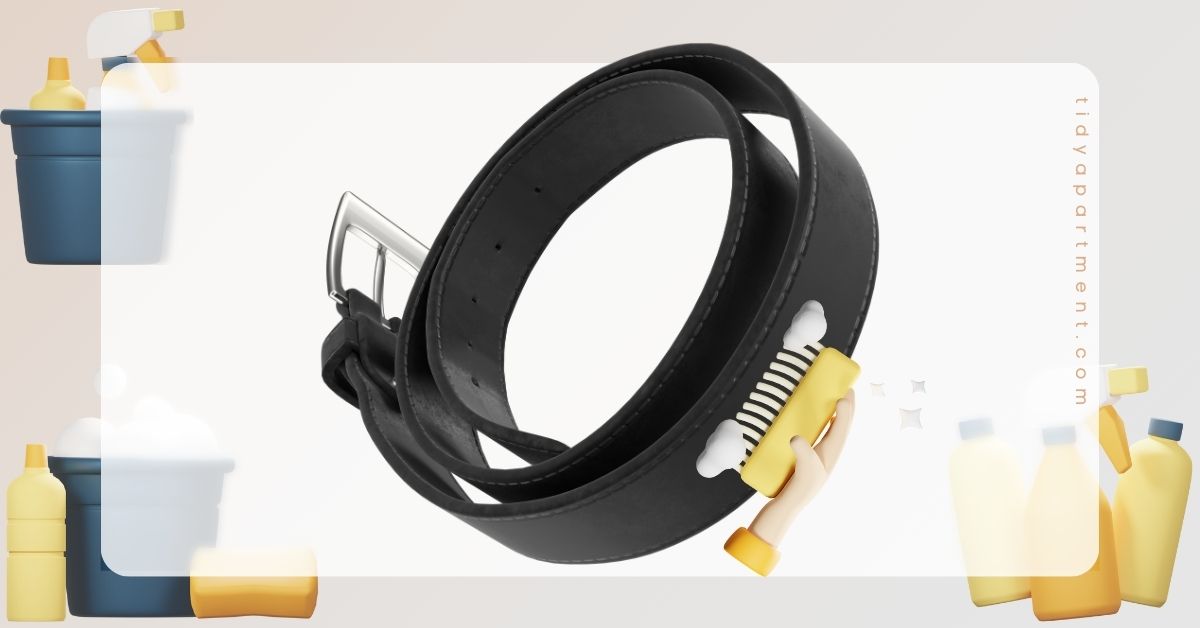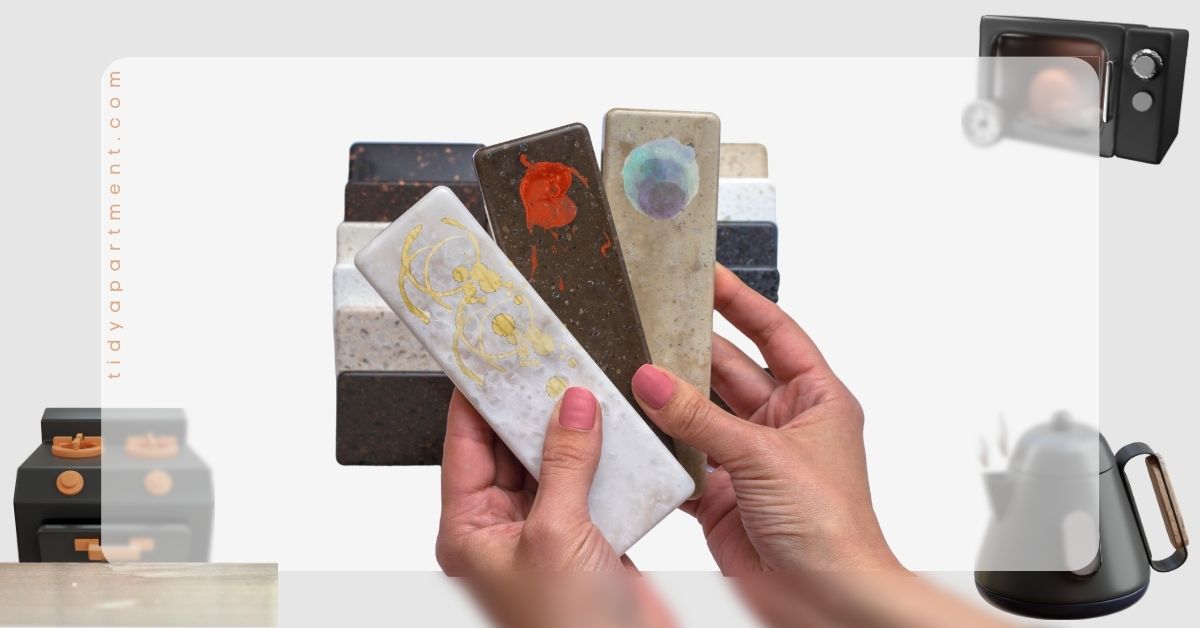From “Delicate Daisy” to “Crisp Linen,” iron temperature settings can transform wrinkled clothes into smooth perfection. It’s crucial to know the right temperature to iron a specific fabric. Otherwise, you head for disaster or work half-done.
With various fabric types and clothing materials, it’s essential to understand the impact of different temperature settings on your clothes. You will eventually get an idea of what temperature is perfect for a specific type of fabric. But for first-timers, it may be baffling.
Page Content
Recommended Ironing Temperatures
Your iron may be displaying units such as low, medium, and high temperatures. For ease of understanding, the temperature display is in Celsius and Fahrenheit units.
| Clothing Type | Temperature (Fahrenheit) | Temperature (Celsius) |
|---|---|---|
| Acrylic | 250-275°F | 121-135°C |
| Nylon | 250-275°F | 121-135°C |
| Spandex/Lycra | 250-275°F | 121-135°C |
| Acetate | 250-290°F | 121-143°C |
| Polyester | 275-298°F | 135-148°C |
| Wool | 275-300°F | 135-148°C |
| Silk | 280-300°F | 138-150°C |
| Rayon | 325-375°F | 163-190°C |
| Triacetate | 325-390°F | 163-200°C |
| Cotton | 380-400°F | 193-204°C |
| Linen | 400-450°F | 204-232°C |
Always refer to the care label instructions on your garments for specific ironing recommendations.
What is Considered Low, Medium, and High Temperature?
Here’s a correlation between the low, medium, and high temperatures to approximate degrees of temperature.

1. Low Temperature:
This setting is usually 230 degrees F or lower. You can set the dial to 1. You can iron fabrics such as acetate, lycra, nylon, etc.
Related: How to shrink nylon?
2. Medium Temperature:
Temperature ranges from 230 degrees F to 300 degrees F. Set the dial to 2 or 3. This setting is appropriate for ironing acrylic, lace, polyester, silk, and wool.
3. High Temperature:
This setting sets the temperature at 300 degrees or more. Setting the dial to 4 or above (if available) sets the highest temperature. This temperature is perfect for cotton, denim, linen, rayon/viscose
Iron Temperature Settings for Different Fabrics
| Fabric Type | Iron Setting |
|---|---|
| Beaded | 1 |
| Nylon | 1 |
| Acetate | 1 |
| Sequined Fabric | 2 |
| Olefin | 3 |
| Acrylic | 3 |
| Rayon | 3 |
| Polyester | 3 |
| Ramie | 3 |
| Satin | 3 |
| Silk | 3 |
| Synthetic Blends | 3 |
| Velvet | 3 |
| Lace | 3 |
| Cashmere | 4 |
| Damask | 5 |
| Linen | 5 |
| Cotton (lightweight) | 5 |
| Woven Wool | 6 |
| Corduroy | 7 |
| Cotton (heavyweight) | 7 |
Ironing temperatures may vary based on the specific fabric blend and garment care instructions. Always refer to the garment label or manufacturer’s guidelines for best results.
How to Manage the Temperature of Your Iron?
Using your iron’s temperature for optimum usage is pretty simple. You only want to sort your un-ironed clothes according to the fabric type.
Set the iron at the lowest temperature and start ironing acetate and nylon clothes. After ironing these clothes, iron polyester, silk, and synthetic fabrics. Lastly, you can work on cotton, denim, and linen clothes.
The above is the simplest way to iron your clothes. It’s not sensible to iron silk or acetate clothes at high temperatures. So, it’s better to take a break and allow the iron to cool down and come to the lowest temperature.
In this scenario, start with a low temperature and iron on the inside of the fabric by keeping a pressing cloth between the iron and the garment. You can then gradually raise the iron temperature to remove wrinkles and avoid the risk of scorching the fabric. It’s possible to erase the scorch marks if attended, provided they aren’t too deep.
Related: How to separate laundry?
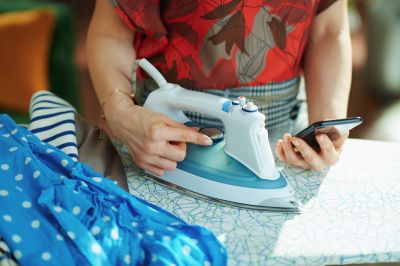
Tips to Make Your Ironing Session Easier
- Do not overfill the washing machine: This means keeping sufficient room for the clothes to move around while washing. The agitation in the washing machine forces the clothes to sway here and there. Tightly crunching them within a tiny space may develop more wrinkles, slowing down your ironing process.
- Iron clothes when damp rather than dry: Clothes are easy to iron when damp and erase wrinkles like a breeze. However, you must check the type of fabric before ironing a damp garment.
- Putting clothes away after ironing: Put the ironed clothes away once done. It helps you to prevent any extra and unwanted creasing.
- Keep sufficient space in the tumble dryer: This tip is similar to tip no. 1 of not overfilling the washing machine. The concept is similar to providing the clothes sufficient space to dry without crunching, thereby preventing unwanted creasing.
- Purchase an iron that suits your clothes: All these years, you now know what material and clothes you prefer. Based on it, buy an iron that can ideally iron your clothes.
- Iron clothes by sorting them as per the type: This tip we already have discussed above. It’s crucial to sort the clothes according to their type and follow the sequence of ironing from lowest temperature to highest. Otherwise, you may unnecessarily waste a lot of time ironing your clothes.
- Not all clothes are for ironing: Be brave to face this fact. You cannot iron a few fabric types. It’s crucial to read the instruction label on your clothes. It will save you precious time. Label mentioning not to iron must be left without ironing.
- Keep patience while the iron sets to the appropriate temperature: If you accidentally miss ironing a delicate fabric like silk before cotton, let the iron cool down to the lowest setting and then iron the silk garment. And vice versa, don’t iron cotton or denim at low temperatures. You might be spending a lot of time ironing that, and a few wrinkles may remain as they were.
- Don’t forget the ergonomics: Ironing is a physical activity. Be it ironing on the iron board or tabletop where you wish to iron. Ensure you don’t have to bend more or experience stress while ironing.
- Straight lines are the key: Move the iron in a straight line. It ensures the perfect ironing of your clothes.
- Use a pressing cloth for delicate fabrics: Always use a pressing cloth between the iron and the sensitive garment. It prevents any damage to your clothes.
- Iron inside out: Iron the clothes inside out, especially when they are of a very delicate type.
- Cleaning iron: Always clean your iron after every ironing activity. Clean once it is cold. It helps to clean up any limescale deposit which may accumulate in a hard-water region.
- Dry your iron: Many times while ironing, the water you spray on the clothes may remain on the iron. Ensure to get rid of this moisture, as it may develop limescale deposition, leading to awful ironing performance. Many times, ignoring to remove the extra water can damage the iron permanently.
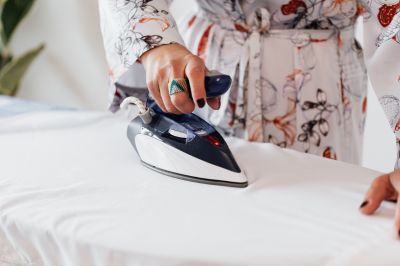
Common Ironing Mistakes to Avoid
- Neglecting to check the fabric care label: One of the most common mistakes is not checking the fabric care label before ironing. Each fabric has different heat tolerance levels; not following the recommended settings can lead to damage or color fading.
- Using high heat on delicate fabrics: Applying high heat to delicate fabrics such as silk, satin, lace, or chiffon can cause them to burn, scorch, or lose their shape. It’s important to use a low heat setting or use a pressing cloth to protect these fabrics.
- Ironing over stains: Ironing over stains can permanently set them into the fabric. Treat stains before ironing, and ensure the garment is clean.
- Leaving the iron in one spot for too long: Keeping the iron stationary on one spot for an extended period can lead to scorch marks or shine on the fabric. Always keep the iron moving to distribute heat evenly.
- Ironing dark-colored garments with a dirty iron: Irons can accumulate dirt, residue, or starch over time, which can transfer onto dark-colored garments, leaving marks or stains. Clean the iron regularly to avoid this issue.
- Using excessive pressure: Applying excessive pressure while ironing can cause fabric distortion, flattening textures, or creating imprints from the iron’s soleplate. Use a light and gentle touch while ironing.
- Ironing sequined or embellished garments directly: Ironing directly over sequins, beads, or other embellishments can damage them or cause them to melt or come loose. Turn the garment inside out or use a pressing cloth to protect the embellishments.
- Ironing too many layers at once: Ironing too many layers of fabric at once can lead to uneven heat distribution and ineffective wrinkle removal. Iron one layer at a time to achieve better results.
Related: Can you iron wet clothes without damaging them?
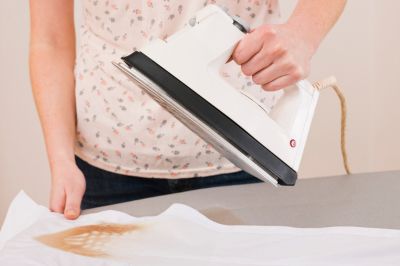
Alternatives to Ironing
Delicate fabrics or fabrics with not to iron instructions need another treatment. You might also be looking for an alternative. So, here we go.
- Allow the garment to dry on a hanger after washing. It helps in developing fewer wrinkles.
- If you tumble-dry your garments, remove them when they are minimally damp and let them immediately dry on a hanger. It also helps in minimizing wrinkles.
- Hang your wrinkled clothes in the bathroom and start the hot shower. Subjecting the wrinkled garments to the steam from the hot shower helps to straighten the wrinkles.
Related: Can you iron dry clean only clothes?
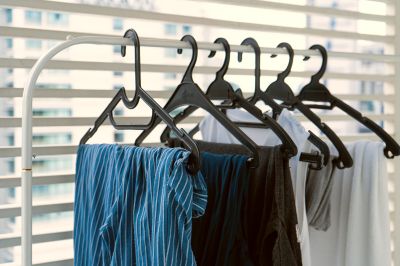
Conclusion
Ironing clothes is both an art and a skill. However, using the right iron temperature settings can be challenging for many. It’s vital to understand what temperature is appropriate for a specific fabric.
The low setting is for delicate and synthetic fabrics, and the medium is for polyester garments. High-temperature are for cotton, denim, and linen. It’s crucial to set the temperature according to the fabric.
Lastly, it’s essential to sort the garments as per their types. It’s an ideal way to iron your clothes and save time.

